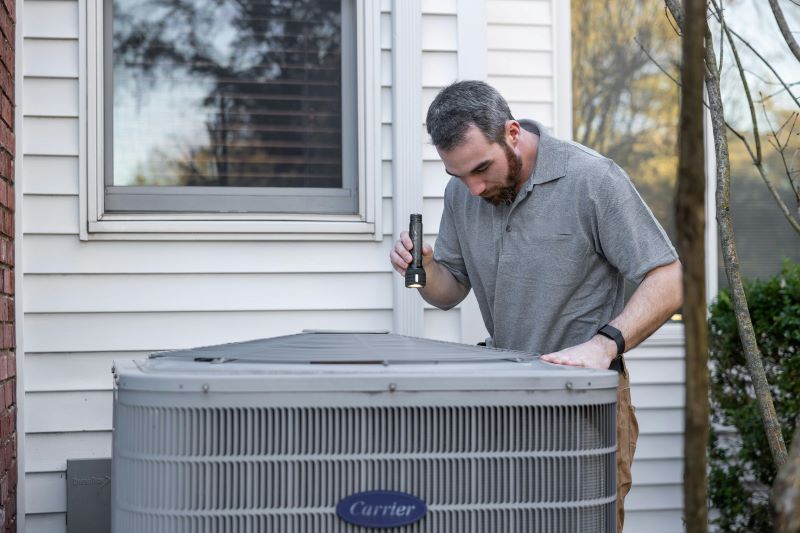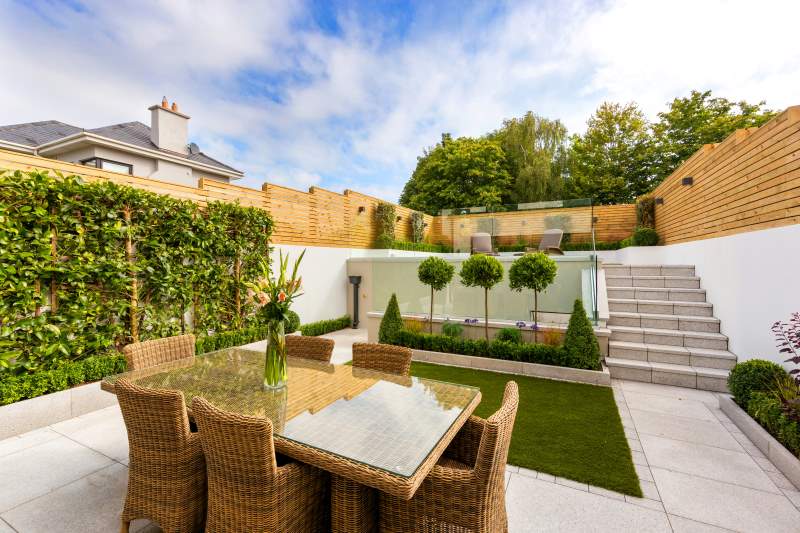Summer’s right around the corner, and while that means more sunshine, longer days, and maybe even a few backyard cookouts, it also brings heat and lots of it. If your home isn’t ready to handle the rising temperatures, you could end up dealing with discomfort, high energy bills, and unnecessary repairs.
Getting your house summer-ready doesn’t have to be overwhelming. With a little planning and a few smart checks, you can create a cooler, more efficient living space. That way, when the heat really kicks in, you’re not scrambling to fix things that could’ve been handled ahead of time.
So, before the temperatures climb and your schedule fills with summer plans, let’s walk through a few essential things to check. Start with the systems that will keep you cool, then work your way through indoor comfort, outdoor prep, and seasonal safety steps.
Check Your Cooling System First
Your cooling system is going to do most of the heavy lifting once summer hits. That’s why it makes sense to give it your full attention before anything else. If your AC hasn’t been looked at in a while, schedule a tune-up or at least do a basic inspection. Make sure your filters are clean, the thermostat is working properly, and nothing is blocking airflow through your vents.
If you’ve noticed your AC unit struggles to cool your space or drives up your energy bill, it might be time to consider an upgrade. Older systems can waste energy and may not keep up with today’s cooling demands. In that case, switching to energy-efficient AC units can make a noticeable difference in comfort and cost. These units are designed to cool your home more effectively while using less energy, which means lower utility bills and less strain on your system. They’re also often quieter and better for the environment.
Getting ahead of potential issues now can save you from dealing with a breakdown during a heatwave. It’s one of the smartest ways to make sure your home stays cool and comfortable all summer long.
Seal and Insulate for Better Temperature Control
Even with the best AC system, your home can lose cool air if it isn’t sealed properly. Cracks around windows, doors, and attic spaces can let hot air in and cool air out. That’s not only uncomfortable. It’s inefficient.
Take some time to inspect the edges of doors and windows. If you feel a draft, you likely need new weatherstripping or caulking. Check your attic insulation, too, especially if your upper floors always seem warmer than the rest of the house. Proper insulation helps maintain consistent indoor temperatures and takes the pressure off your AC system.
When your home is well-sealed and insulated, your cooling system doesn’t have to work as hard. That leads to better energy efficiency and a more comfortable environment throughout the summer months.
Prep Your Windows for Sun and Heat
Windows can either work for you or against you during the summer. They bring in natural light, which is great, but they can also let in a lot of unwanted heat, especially during peak sun hours.
To keep things cool indoors, consider installing light-blocking curtains or blinds. Reflective window film is another good option, especially for rooms that get direct sunlight most of the day. These adjustments can significantly reduce how much heat enters your home.
Also, don’t forget to clean your windows and screens. A clean screen allows better airflow when you open the windows on cooler days, and clean glass helps maximize daylight without the grime and haze that can dull your view.
Service Ceiling Fans and Adjust Direction
Ceiling fans don’t cool the air, but they make it feel cooler by circulating it. In the summer, your fans should be set to spin counterclockwise. It pushes cooler air downward and creates a breeze effect that can make a room feel several degrees cooler.
Before summer kicks off, clean your fan blades and check that each unit is spinning properly. Dust buildup can cause wobbling or noise, and it’s easy to miss. If you’ve been using portable fans as well, give them a quick wipe and test their settings.
Fans can reduce the need to run your AC constantly, especially during early mornings or late evenings. That can help you save energy while keeping your home feeling comfortable.
Clear Gutters and Inspect Roof Areas
Summer weather isn’t just about heat. It also comes with the risk of storms. A clogged gutter or damaged roof can lead to water leaks, mold, or other costly issues if left unchecked.
Start by removing leaves, sticks, and debris from your gutters. Make sure water flows easily through the downspouts. Then, take a look at your roof. If you see missing shingles, cracks, or sagging areas, it’s best to call a professional for inspection and repairs.
Even if you didn’t have any issues during the winter, summer sun, and storms can be tough on your home’s exterior. Addressing minor problems now can prevent them from turning into bigger ones later.
Get Your Outdoor Areas Ready
Once your indoor prep is complete, turn your attention outside. A few simple updates can make your yard or patio more enjoyable all summer long.
Check and clean your outdoor furniture, especially if it’s been in storage. Power-wash patios, decks, or walkways to clear away dirt and mildew. Trim overgrown bushes or trees that may block natural light or airflow.
If you have outdoor lighting, make sure all fixtures are working and replace any burnt-out bulbs. Clean up grill stations and check propane tanks or charcoal supplies if you plan on doing any summer cooking outdoors.
This type of prep makes your outdoor spaces feel more welcoming and also helps prevent pest problems by reducing clutter and moisture spots.
Stock Up on Summer Essentials and Safety Supplies
Finally, make sure you’re stocked with the things that make summer more comfortable and safe. Go through your sunscreen, bug spray, and reusable water bottles. If you have children or pets, double-check that they’re protected from the sun and heat, too.
It’s also a good idea to test your smoke detectors and carbon monoxide alarms. If you’ll be traveling or spending time away from home, these safety checks are even more important.
And don’t forget to put together a basic emergency kit with flashlights, batteries, a first-aid kit, and bottled water. Summer storms can knock out power, and it’s always better to be prepared.
A Cool Home Starts With Smart Planning
Summer should be a time for fun, relaxation, and making memories, not scrambling to fix things that could’ve been handled ahead of time. By taking a few proactive steps now, you can avoid stress, reduce your energy bills, and enjoy a more comfortable home all season long.
Start with the big things, like your cooling system, and work your way through the rest of your home, room by room. Each small check adds up to a safer, more efficient space. And once everything’s in order, you can kick back and enjoy summer the way it’s meant to be.


